Despite a four-day delay to resolve internal disputes, the online meeting of the Organization of the Petroleum Exporting Countries and its partners (OPEC+) on November 30 still faces many questions.
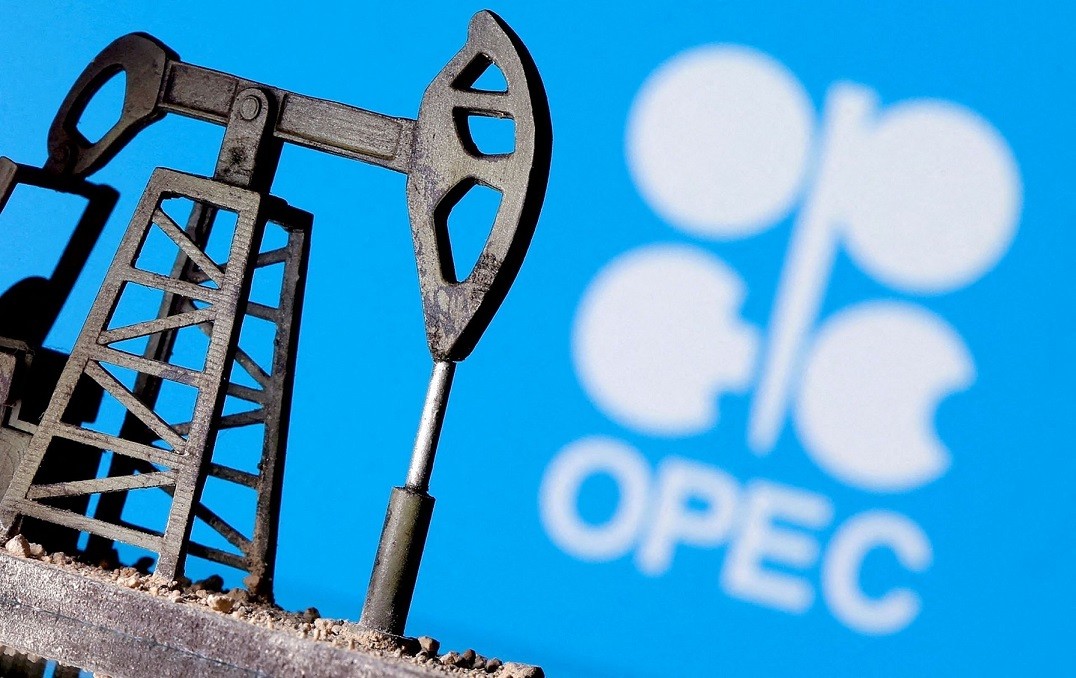 |
| To save falling oil prices, OPEC+ has pledged to reduce production. (Source: Reuters) |
First is the challenge of a volatile market, with oil prices falling due to a slower-than-expected recovery in Chinese demand and conflict in the Middle East. Amid negative sentiment, the latest forecasts show Brent crude oil prices will average just $83 a barrel in 2023 and next year.
To save falling oil prices, in previous meetings, OPEC+ pledged to reduce production by a total of 1.66 million barrels per day until the end of 2023. Leading this effort are Saudi Arabia and Russia with cuts of 1 million and 300 thousand barrels per day, respectively.
But to keep oil prices at the desired level of around $100/barrel, the above cuts must be maintained in 2024, if not further. In addition, in addition to convincing Saudi Arabia to maintain the cuts, OPEC+ must also determine the baseline - the level of quotas for each member country.
However, this is a controversial issue, especially among African countries. Angola and Nigeria are not satisfied with the exploitation quota set for 2024 and want to increase it. In fact, Nigeria is currently exploiting above the 2024 quota.
Another issue is how to grasp the market supply and demand to cut but not lose market share to non-OPEC+ competitors such as the US, Canada and Brazil. US oil production is forecast to reach a record 12.8 million barrels/day in 2023, up from the previous forecast of 12.6 million barrels/day.
Because it accounts for 40% of the world's total oil production, OPEC+'s solution to the oil price problem not only affects the members' revenue but also the world economic outlook.
Source


![[Photo] National Assembly Chairman Tran Thanh Man attends the VinFuture 2025 Award Ceremony](/_next/image?url=https%3A%2F%2Fvphoto.vietnam.vn%2Fthumb%2F1200x675%2Fvietnam%2Fresource%2FIMAGE%2F2025%2F12%2F05%2F1764951162416_2628509768338816493-6995-jpg.webp&w=3840&q=75)




![[Photo] 60th Anniversary of the Founding of the Vietnam Association of Photographic Artists](/_next/image?url=https%3A%2F%2Fvphoto.vietnam.vn%2Fthumb%2F1200x675%2Fvietnam%2Fresource%2FIMAGE%2F2025%2F12%2F05%2F1764935864512_a1-bnd-0841-9740-jpg.webp&w=3840&q=75)


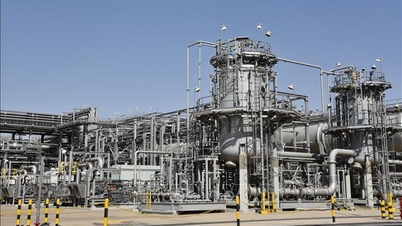



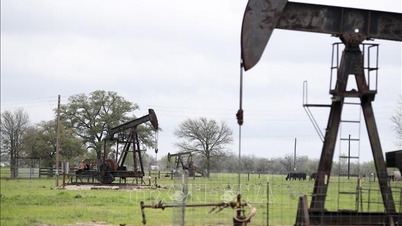
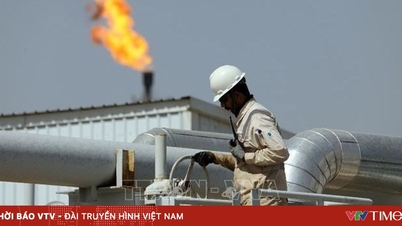
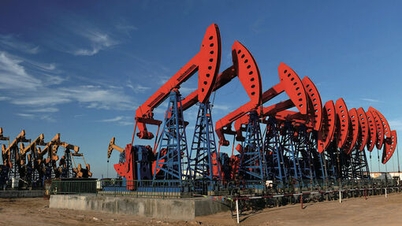


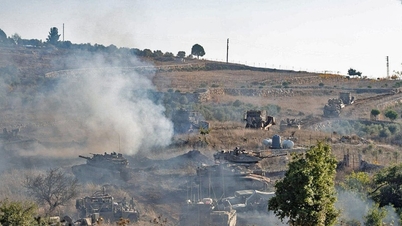
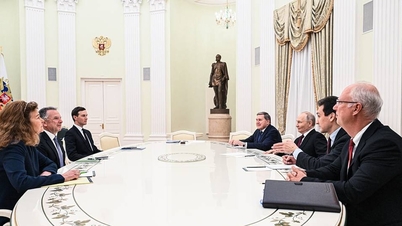


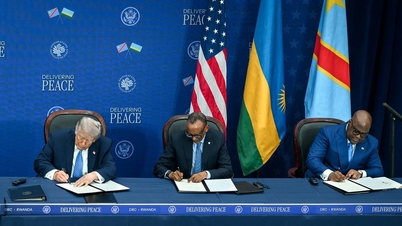
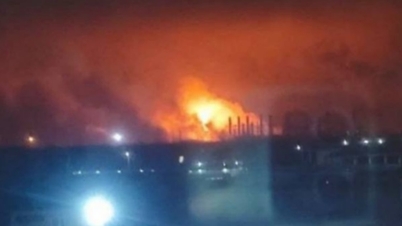








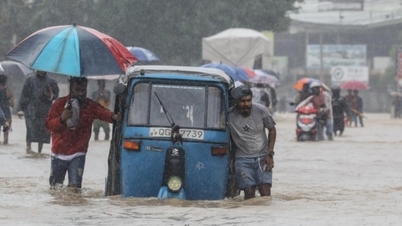







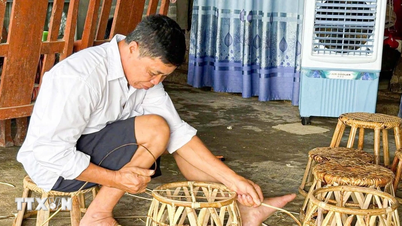










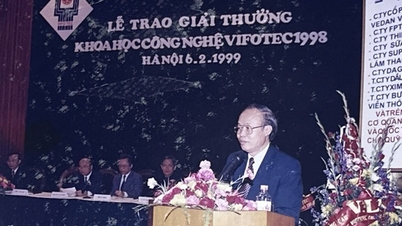































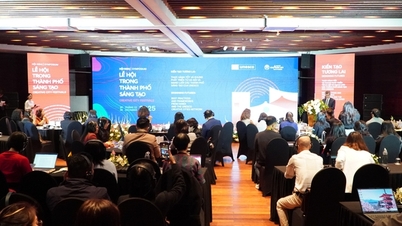


























Comment (0)